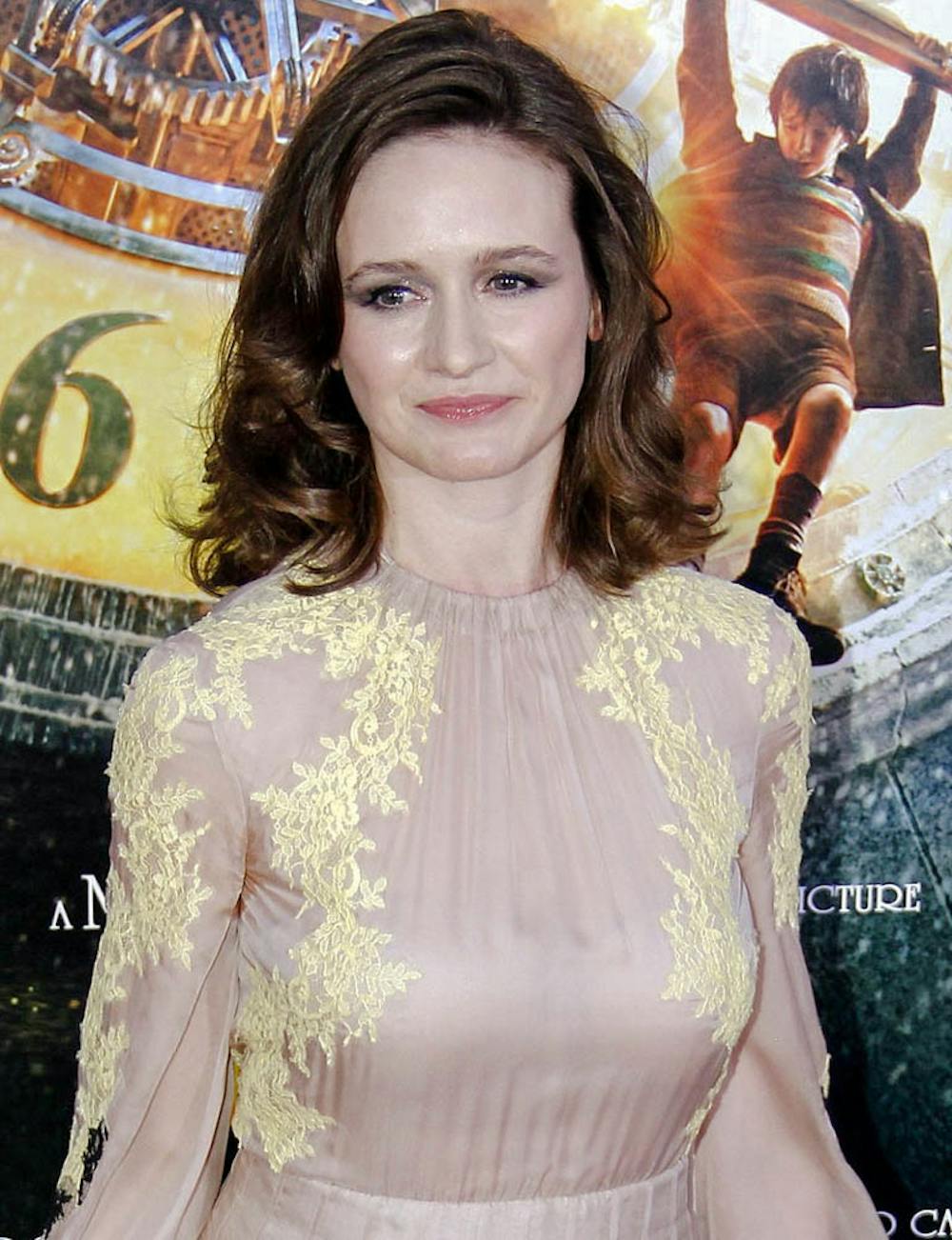“The Bookshop,” a film adaption of Penelope Fitzgerald’s original novel, echoes the leisurely pace of the book itself. The film’s plodding nature allows for a fully developed storyline, but struggles to retain the viewer’s attention through the duration of the movie. At times, the plot wanders and the film drags, and even borders on soporific; however, the crawling pace of the film is at times an asset, and gives prominence to the scenery and characters’ emotions. Near the conclusion, everything seems to speed up with a series of events that releases bottled-up emotions, giving weight to characters’ actions. “The Bookshop” is a movie about selfishness and to what degree each character will relinquish their selfish inclinations. It is not a film driven by plot, but by characters. The little that happens is largely inconsequential and often dull, but the relationships developed between characters lend the film a touching sincerity.
Set in eastern England in 1959, the film follows Florence Green, a lonely middle-aged widow looking to open a bookshop in the sleepy coastal town of Hardborough, England. As she establishes her store in the so-called Old House, a decaying stone building, she prompts the mannerly ire of the wealthy and influential Violet Gamart. Violet had planned to remake the Old House into an arts center, and much of the story is dictated by her aspirations, although she commands a surprisingly small amount of screen time.
Although some in Hardborough dismiss or reject the idea of a bookshop, Florence finds a kindred spirit in Mr. Brundish, a reclusive old widower who has ostensibly lost faith in humanity and rarely leaves his mansion, and prefers to spend his time reading. After Florence’s business finds modest success, she is introduced to Vladimir Nabokov’s scandalous and recently published “Lolita.” Tension in the town builds as she orders 250 copies for the store, but as is the case with most of the film, the consequences fall flat, and serve mostly to illustrate the growing intimacy between Florence and Mr. Brundish.
Another of Florence’s supporters is the reluctantly sympathetic Christine, a young and opinionated girl working as an assistant in the shop. At their first meeting, Christine informs Florence that life passes slowly for women without children, a potentially sore point for the childless Florence. The subsequent growth of their relationship is one of the most heartfelt pieces of “The Bookshop.” Although the movie comes off as purposefully nostalgic and bookish, it is neither overly sentimental nor sickeningly sweet. Reality is expressed through awkward interactions and repressed emotions.
The small village of Hardborough is steeped in the subdued grays and blues of the northern English coast, and the camera frequently pans over thistles or wildflowers blowing in the wind by the sea, adding to the movie’s bookish feel. Although the visuals are appealing, an abundance of silences is one of the greatest successes of the film. The majority of the action occurs in soft tones or without words altogether, though sometimes the background music becomes unnecessarily loud and overpowering and takes away from the potency of the silence.





